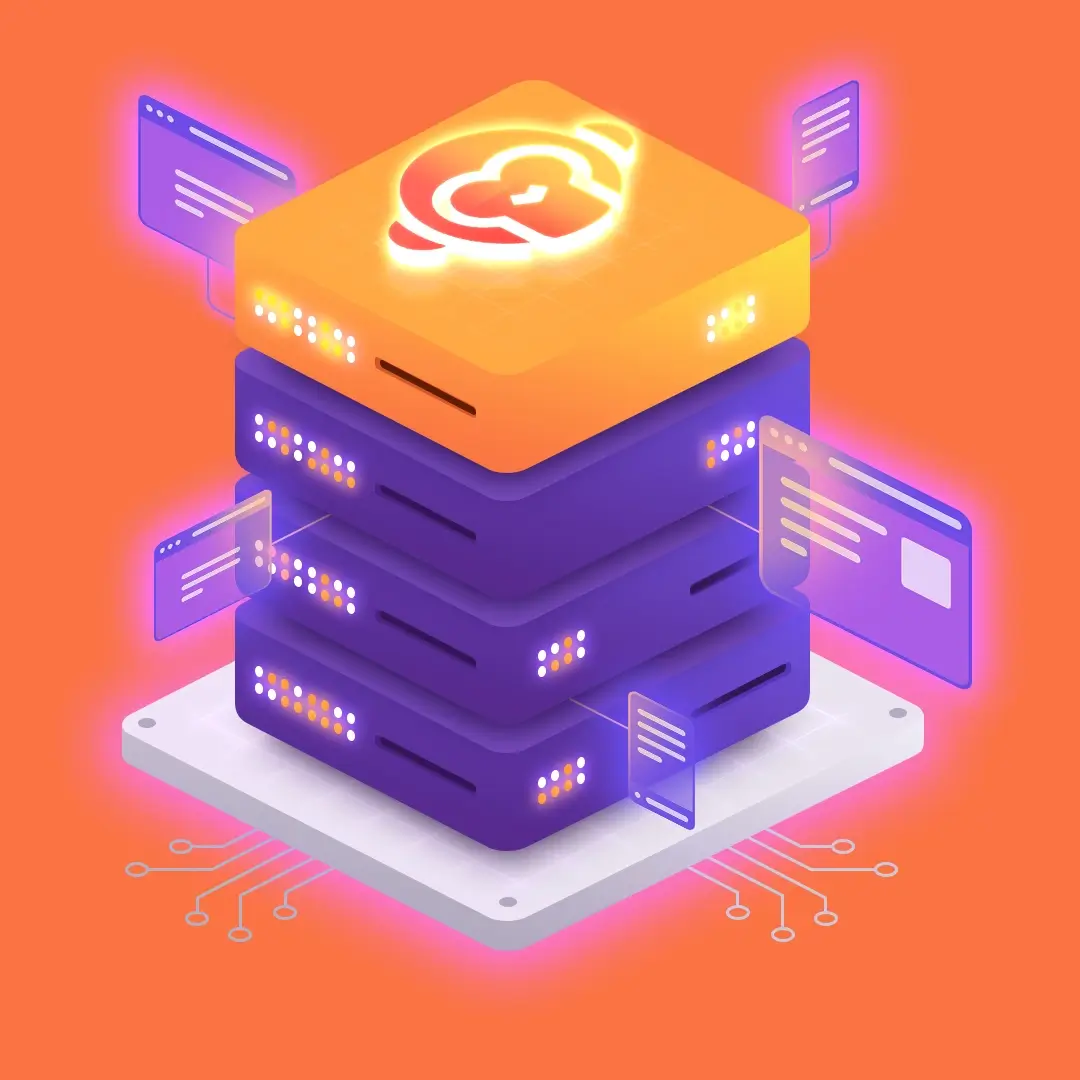How to connect to a virtual Windows server via RDP?
How to Connect to a Virtual Windows Server via RDP
Connecting to a virtual Windows server via RDP (Remote Desktop Protocol) is a task that many users and IT specialists encounter. This process allows you to manage the server remotely, troubleshoot issues, and perform necessary tasks. In this article, we will walk you through how to properly connect to a Windows VPS via RDP.
Connecting to a VPS/VDS
Have you ever faced the task of remotely managing a server? Maybe you are working from home or need to maintain a server located in another country. In any case, connecting to a server via RDP is an efficient and convenient solution. We will explain in detail how to set up the connection and avoid common issues.
Step 1: Preparing the Server
First, ensure you have a server with the desired operating system. If not:
You need to order a VPS with Windows 2022/2019/2016. You can do this from your dashboard by going to "Instance" → "CREATE NEW INSTANCE".
Set the password for the
Administratoraccount after ordering the server, following the provided recommendations.
Step 2: Setting Up the Client Device
Preparing the RDP Client
To connect to the server, you will need an RDP client. On most Windows devices, it is already pre-installed:
Open the RDP client. Click "Start," type "Remote Desktop Connection," and select the corresponding program. For Windows devices, you can simply type
mstsc. If you're using macOS, refer to our other article for instructions.Enter the server address. In the "Computer" field, enter the IP address or the hostname of your server.
Enter your credentials. Input the username and password that have access to the server.
Step 3: Connecting and Working with the Server
First Connection
When connecting for the first time, you may encounter a security certificate warning. If you trust the server and it is your own, confirm the connection and continue.
Additional Settings and RDP Session Parameters
You can adjust the session settings to suit your needs. These options are revealed by clicking the "Show Options" button. Before connecting, you can configure additional settings.
Tab: “Resolution Settings”
Adjust the screen resolution and display quality based on your internet speed. You can customize display parameters by clicking "Show Options" in the "Remote Desktop Connection" window. The "Display" tab lets you set the screen size and other settings.
Tab: “Local Resources”
Local resource redirection. In the "Local Resources" tab, you can configure how local resources will be available on the remote server and your local machine. You can redirect local resources like audio, microphone, printers, or clipboard so that they are accessible on the remote server. Note: This feature works only on Windows, not on macOS, Android, or Linux.
Tab: "Experience"
Adjust the connection quality in the "Experience" tab by regulating parameters like performance and visual effects. You can choose performance and visual effect settings from a dropdown list. These options vary depending on your internet connection speed.
Once connected successfully, you will have full access to the server’s desktop.
Conclusion
Remote access to a virtual Windows server via RDP is a powerful tool that allows you to manage the server from anywhere in the world. We hope this article helps you understand how to connect to a virtual Windows server via RDP and allows you to use this technology efficiently in your work. If you have any questions or need further clarification, don't hesitate to reach out to us for assistance!
Remember:
Regularly update your server and client devices to ensure security.
Use strong passwords and two-factor authentication to protect your data.
Set up a firewall and antivirus software to protect against external threats.
Note: Proper setup and adherence to security measures will help avoid numerous issues and ensure reliable and stable connections. Following these recommendations will allow you to connect to your virtual Windows server via RDP efficiently and securely. If you still have questions, check out our other articles on the topic.
Also, find out more about a strategy that can boost your website's speed by 120% in our other article on optimizing remote server performance.
